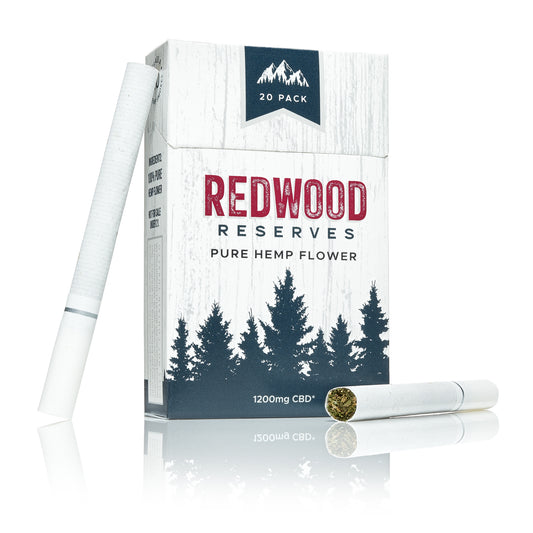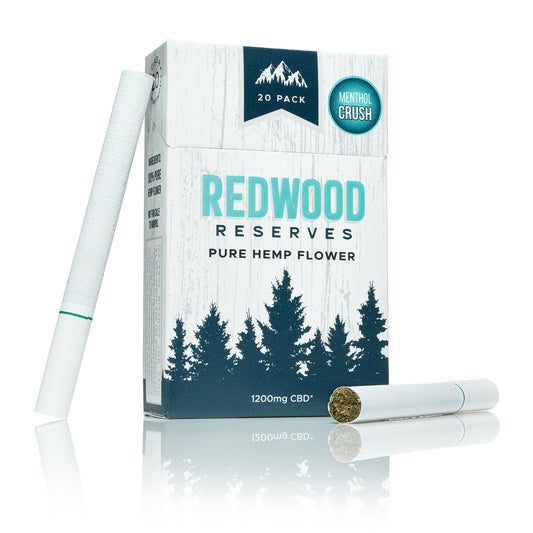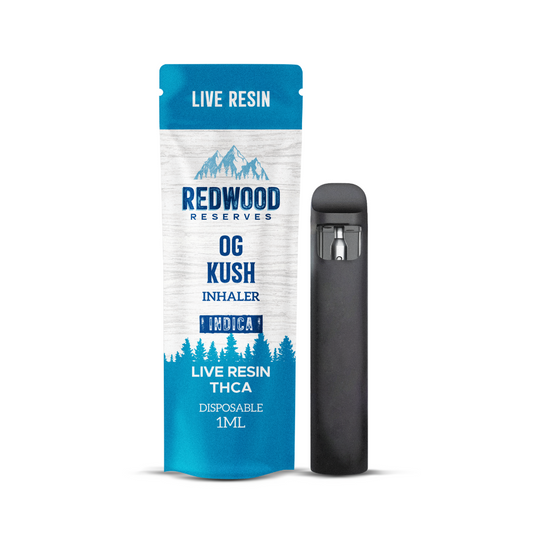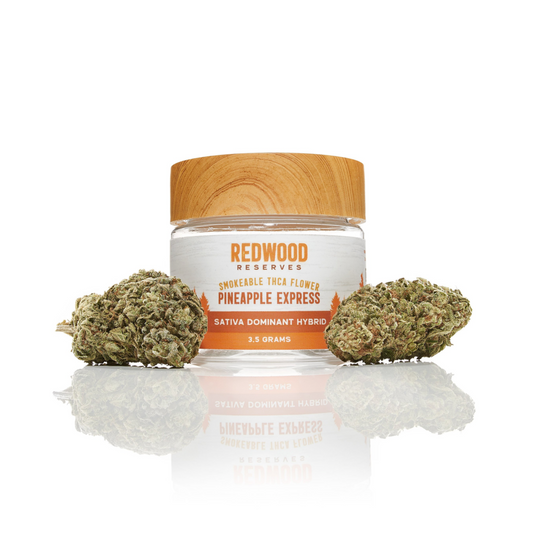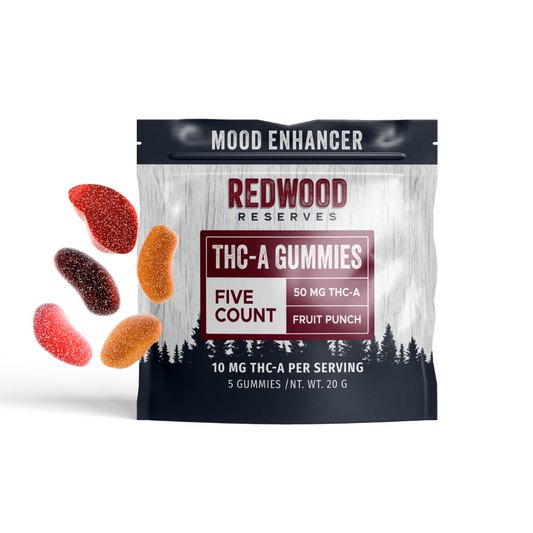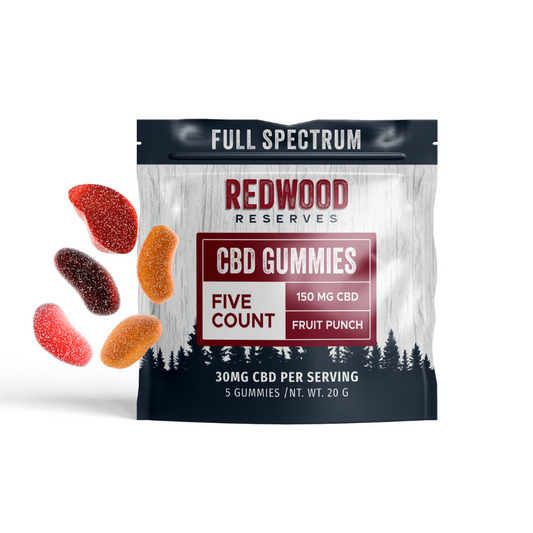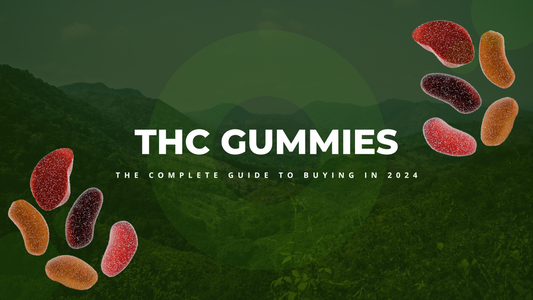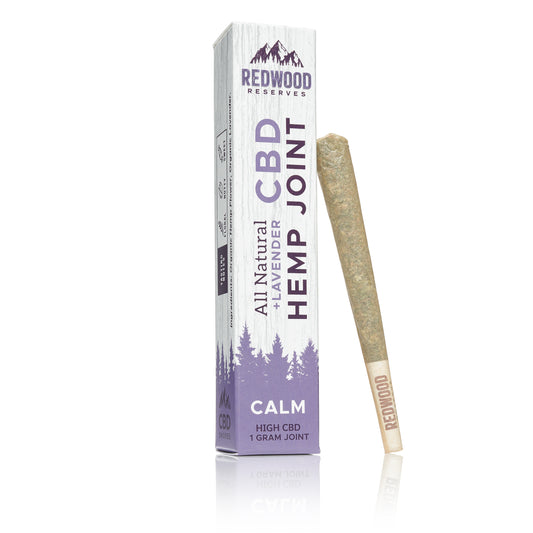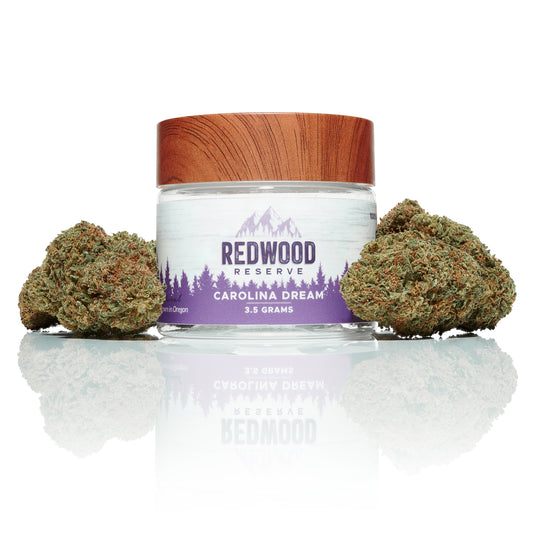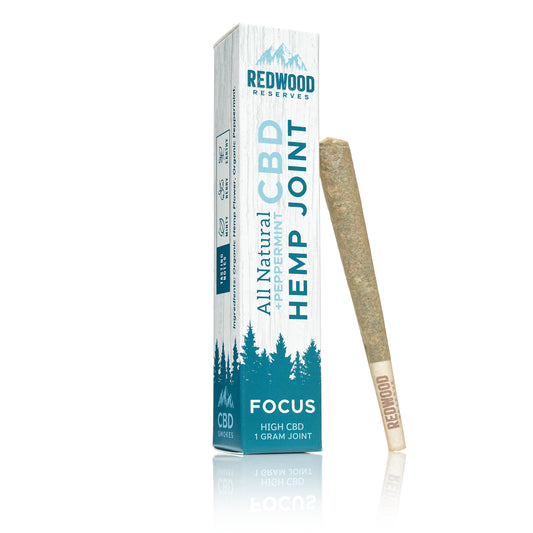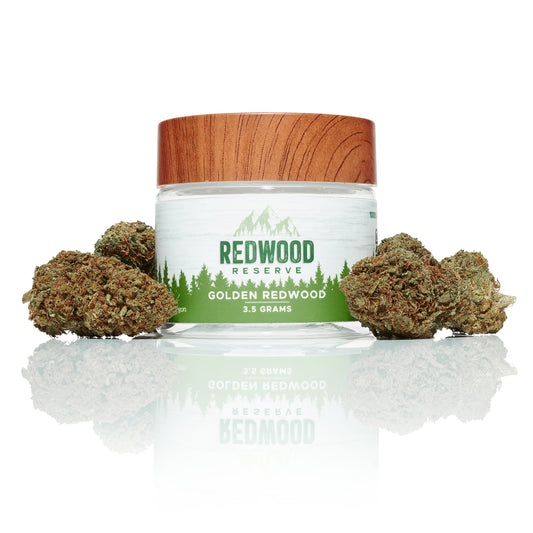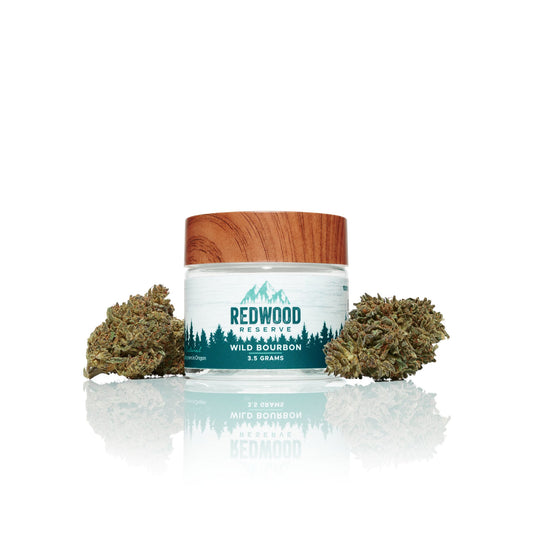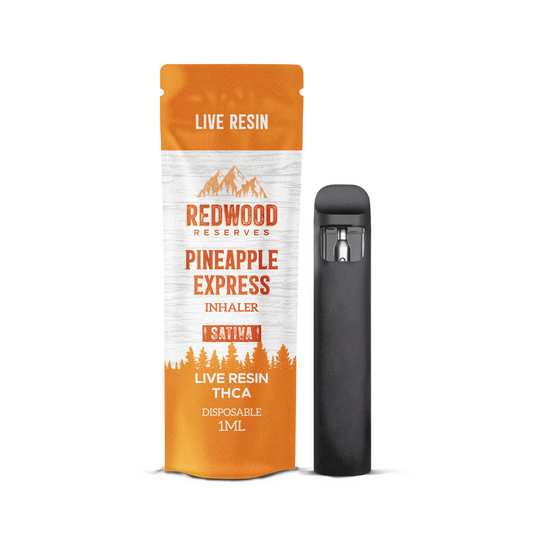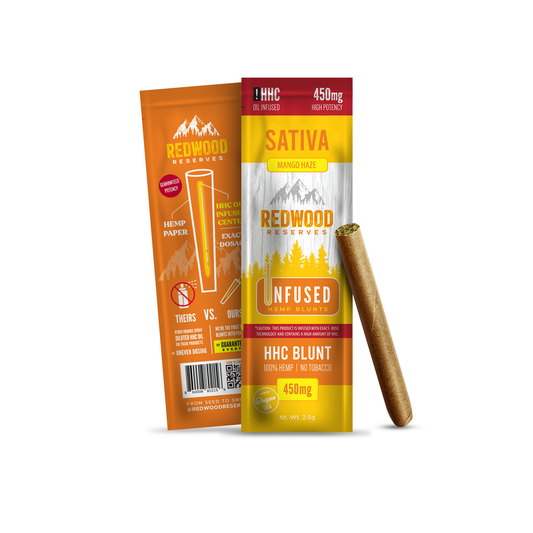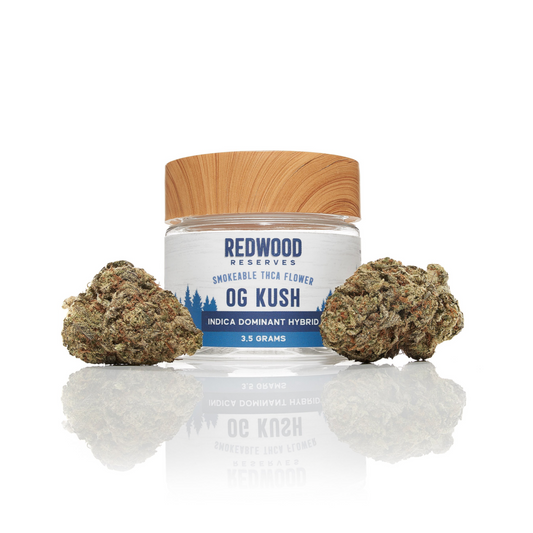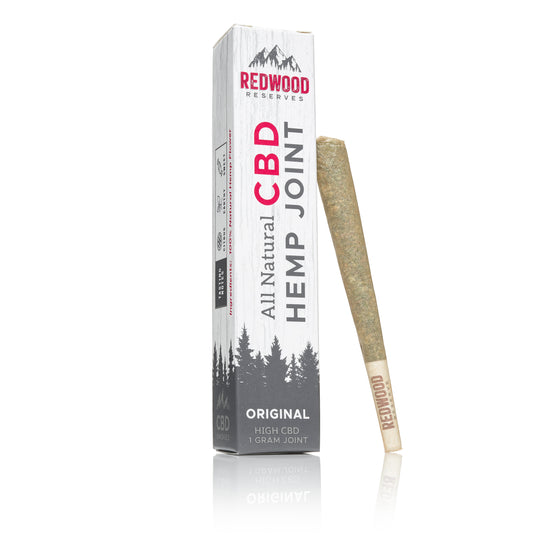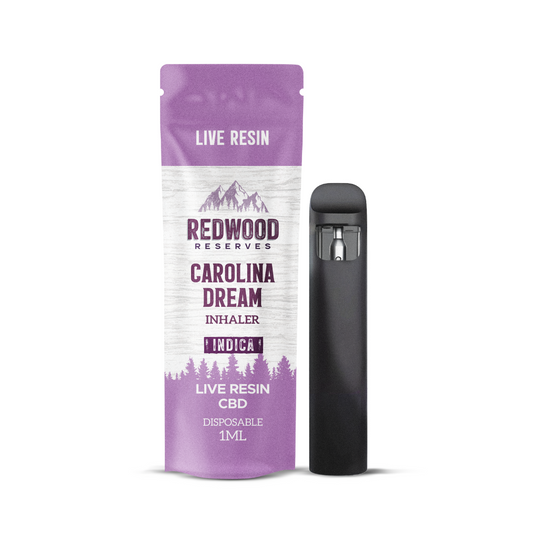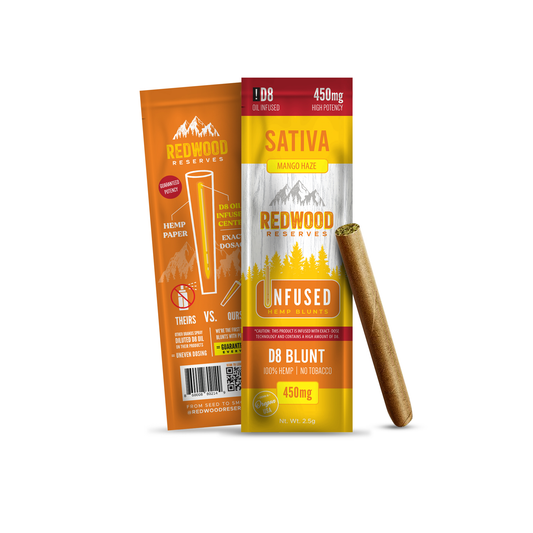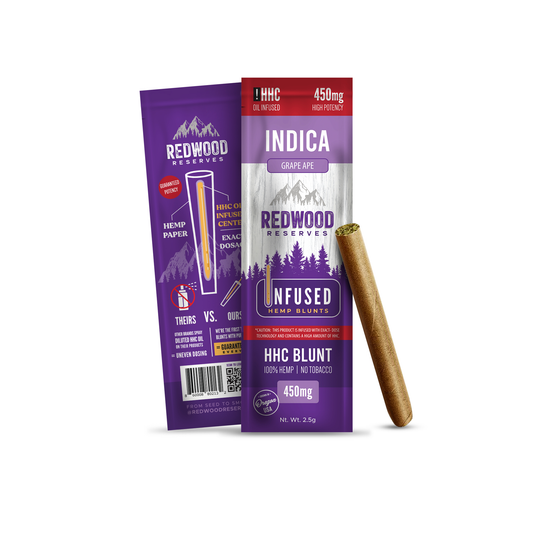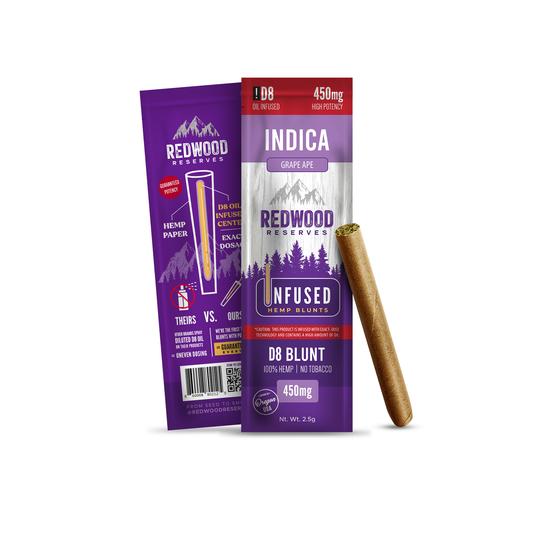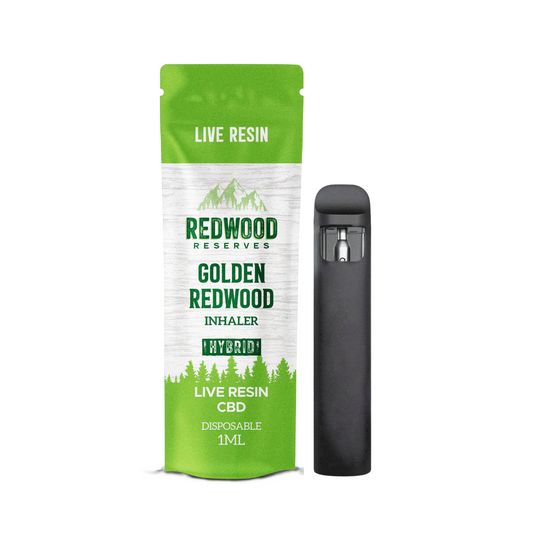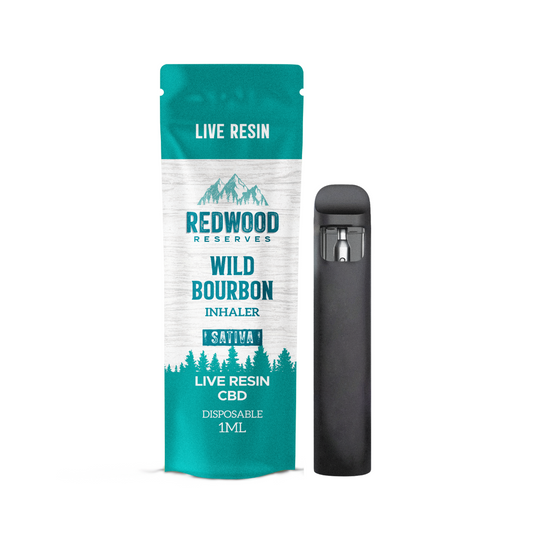Whether you’re new to hemp or a long-time fan, there are many terms, old and new, floating around the cannabis industry – and their similar acronyms are posing a bit of confusion. From CBD to THC to CBG – what’s the difference? To wrap our heads around this, let’s start from the beginning – the cannabis plant.
The cannabis plant contains more than 100 compounds called cannabinoids, and each one can do different things to the body. To fully understand cannabinoids, it’s helpful to know how they interact with the body’s endocannabinoid system. The what?
What is the Endocannabinoid System?
The endocannabinoid system (ECS) function is to regulate appetite, sleep, pain, mood, memory, and more. The ECS has two receptors that help control the system: CB1and CB2.
CB1 receptors are present in several regions of the brain, spinal cord, and other parts of the body, such as the endocrine glands and the gastrointestinal and urinary tracts. CB1 receptors mediate the effects of cannabinoids on these organs.
CB2 receptors are present on white blood cells, the tonsils, the spleen, immune cells, and neurons and help mediate the effect of cannabinoids on these organs and cells.
Cannabis plant components – be in the know.
Now that we know how the cannabinoids in the cannabis plant interact with our ECS, let’s look at the components of the cannabis plant discussed and researched the most these days. We’ll just lay out the definitions of each component in this article so that you can speak impressively about the ABCs of cannabis.
What is THC?
Until CBD burst on the scene, THC was probably the most well-known component of the plant. THC, or tetrahydrocannabinol, is known for its psychoactive effects. It binds with the body’s cannabinoid receptors and stimulates cells in the brain to release dopamine, creating euphoria – or the “high” commonly associated with THC.
What are Terpenes?
Terpenes are the aromatic compounds found in many plants, cannabis plants included. They are responsible for the plant’s unique smell – two good examples of plants with distinctive terpenes, aside from cannabis, are rosemary and lavender.
Terpenes are said to play a vital role in plants. For example, terpenes can attract pollinators in some plants or help repel predators in others. Terpenes can also help some plants recover from damage or help keep away infectious germs.
What is CBD?
Cannabidiol (CBD) is a cannabinoid mainly derived from hemp plants, which is a cannabis plant that contains .3% or less THC. So, unlike THC, CBD is non-psychoactive.
What is CBC?
Another compound found in cannabis is cannabichromene (or CBC); however, the concentration present in cannabis plants is much lower than that of CBD. For this reason, there is still very little research available on CBC and how it may affect the body.
What is CBG?
Similar to CBC, cannabigerol (CBG) is another compound found in cannabis in low concentrations. Like CBC and CBD, it’s non-psychoactive. In fact, CBG works as an inhibitor to the CB1 receptor through which THC gets people high, so CBG may work to lessen the high THC creates.
Research pending.
As the cannabis industry continues to grow, so will the research. We will likely be hearing a lot more about CBC and CBG in the future as more research is conducted, including how they can affect our bodies or work in tandem with other cannabinoids.
In the meantime, we will continue to baby our hemp plants, nerd out over terpenes, and focus on what we do best – creating pure, top-shelf smokable CBD products with our sun, soil, and water-grown plants in Oregon.
